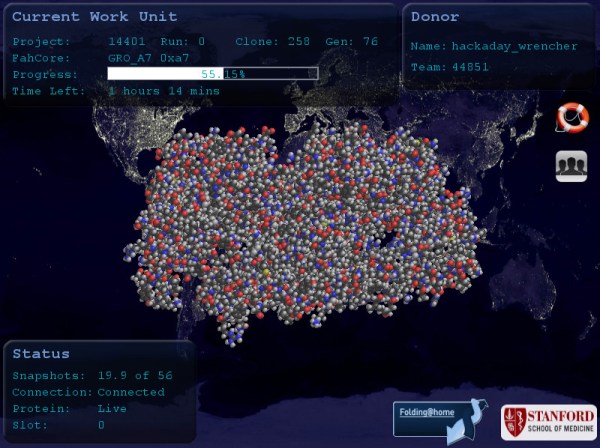Although scientists have known about Ultra-High Energy Cosmic Rays (UHECRs) for years, nobody can pinpoint their origin. When these UHECRs hit the ground, however, they cause a widespread local disturbance called an air shower. This air shower is a wide dispersion of photons, muons, and electrons at sea level. The means of observing this air shower mandates a widespread geographic region for detecting them. One solution would be a very big detector. Physicists [Daniel] and [Michael] discovered an alternative to pricey hardware, though. By leveraging the CMOS sensors in our smartphones, they can borrow some CPU cycles on our phones to create a worldwide detector network.
According to their paper, the CMOS camera in our smartphones is sensitive to the spectrum of radiation induced by muons and photons from these air showers. With an app running on our phones, [Daniel], [Michael], and other scientists can aggregate the data from multiple detections in a similar region to better understand their origins.
If you’re concerned about CRAYFIS taking away from your talk or web-browsing time, fear not; it runs in the background when a power source has been detected, hopefully, when you are asleep. It’s not the first time we see scientists tap into our computing resources, but this is certainly an achievement made possible in only the last few years by the sensor-loaded smartphone that charges on many of our night stands. With over 1.5 billion smartphones active in the world, we’re thrilled to see a team cleverly leveraging a ubiquitous and already-well-distributed resource.
via [NPR]

















